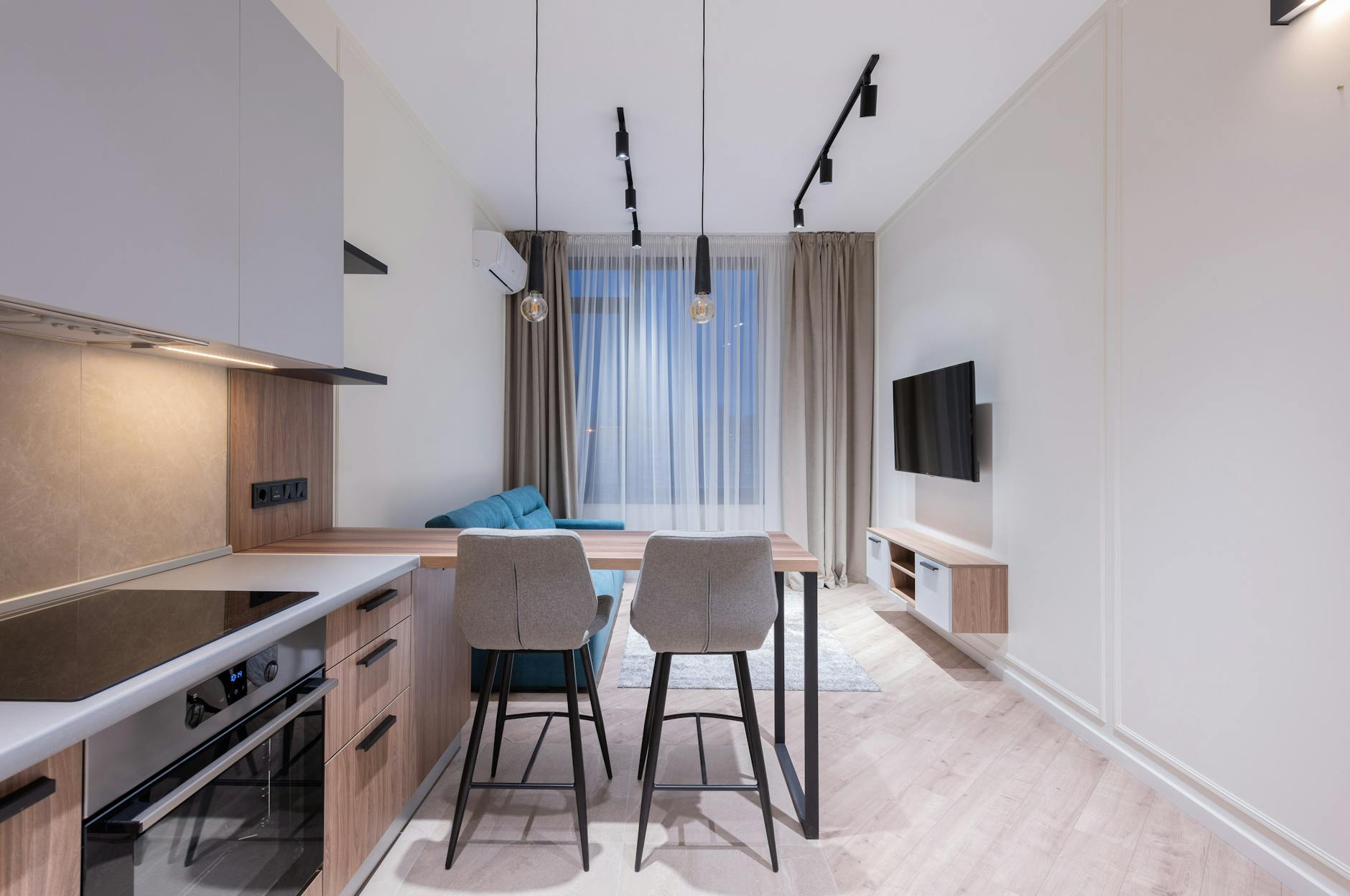In the quest for stylish and functional homes, professional interior designers swear by one overarching strategy: layered lighting. This approach not only enhances the aesthetic appeal of a space but also boosts its practicality, ensuring every corner is both beautiful and usable. Below, we delve into the secrets of achieving the perfect interior lighting scheme, carefully curated to transform any room into a work of art.
Understanding Layered Lighting
Layered lighting refers to the use of multiple light sources within a space to create a balanced and dynamic atmosphere. This strategy employs a blend of ambient, task, and accent lighting to achieve depth and dimension. Ambient lighting provides overall illumination, task lighting focuses on specific areas for activities, and accent lighting highlights architectural features or artwork.

The Role of Ambient Lighting
Ambient lighting, or general lighting, serves as the foundation of any layered lighting plan. It’s typically achieved through ceiling fixtures, chandeliers, or recessed lighting that casts a gentle glow across the room. Setting the tone, it ensures that spaces are efficiently illuminated without overpowering.
Task Lighting: A Focus on Functionality
Task lighting is essential for performing specific activities like reading, cooking, or working at a desk. Desk lamps, under-cabinet lights, and pendant lights are popular choices for task lighting, providing focused illumination exactly where it’s needed.
Accent Lighting: Adding Drama and Depth
Accent lighting creates visual interest and draws attention to particular objects or areas. This could involve track lighting spotlighting artwork, backlit mirrors in bathrooms, or LED strip lighting under kitchen countertops. It’s all about adding that extra layer of sophistication and intrigue.

The Importance of Dimmers and Controls
To truly elevate a space, incorporating dimmers and lighting controls is crucial. They allow for flexibility, letting you adjust the atmosphere according to the time of day or the desired mood. Smart lighting systems take this a step further, offering convenience and integration with other home automation systems.
Choosing the Right Bulbs
Selecting the right type of light bulb is paramount in layered lighting. LED bulbs are a favorite for their energy efficiency and long life span. The color temperature of the bulb also affects the ambiance, with warmer bulbs creating a cozy feel and cooler bulbs promoting concentration and alertness.
Layered Lighting in Different Rooms
Each room has unique functions and therefore requires a tailored lighting approach. The kitchen, a hub of activity, benefits from strong task lighting, while living rooms and bedrooms favor softer, ambient lighting complemented by focused accent and task lighting as needed.
In conclusion, layered lighting is the secret sauce to creating visually stunning and functional spaces. By strategically combining ambient, task, and accent lighting, you can dramatically transform the atmosphere and usability of any room. Remember, the key to success is balance—ensuring that each layer complements rather than competes with the others.
Frequently Asked Questions
Can I apply layered lighting in a small room? Absolutely. Layered lighting can enhance any space, regardless of size. In smaller rooms, be mindful of scale and opt for sleek, compact fixtures.
How many layers of light do I need? Ideally, incorporating all three layers—ambient, task, and accent—will create the most dynamic and flexible lighting scheme. However, the exact mix can vary based on the room’s function and layout.
Is it expensive to implement layered lighting? The cost can vary widely based on the fixtures chosen and whether existing wiring is utilized. However, investing in quality lighting can significantly impact the room’s overall feel and functionality.
Do I need a professional to design my lighting? While DIY is possible, consulting with a professional can help achieve the best outcome, especially for complex spaces or integrating smart lighting systems.
Can layered lighting be energy efficient? Yes. Opting for LED bulbs and incorporating dimmers can minimize energy use while still achieving a layered lighting effect.





